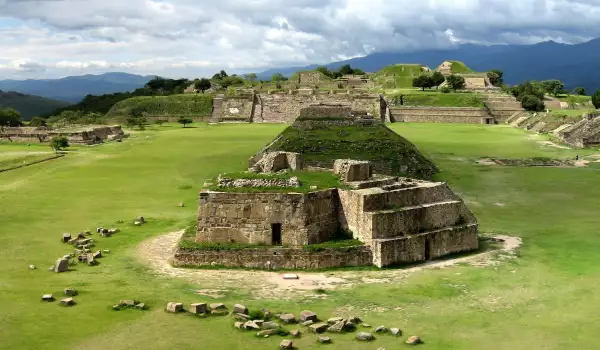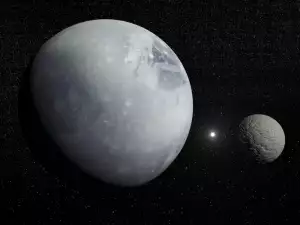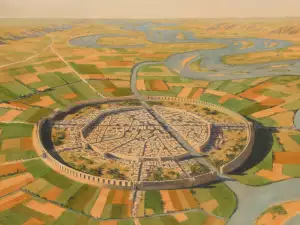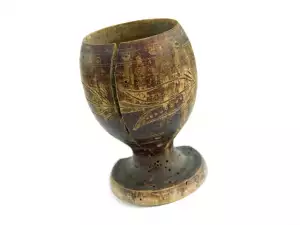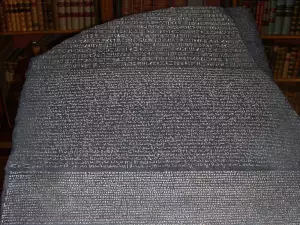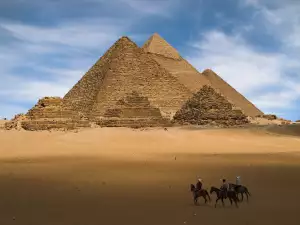Volcanic ash is falling systematically on the land of Mayan mystery explains how ancient metropolises have prospered in relatively poor soil, through which they survived.
Metropolitan areas of the Maya were built relatively far from the volcanoes in their land, but a new study shed light on how these Cities have survived, says "National Geographic".

Mayan empire stretched from today’s southern Mexico through Guatemala to northern Honduras and flourished between 250 and 900 year BC and then declined.
Recently scientists discovered beige clay minerals in the ducts of the archaeological site Tikal in Guatemala, where in the past was the largest city in the southern lands of the Maya.
This mineral, which is volcanic can be formed only after the fall of volcanic ash. Scientists made this chemical analysis to establish the source and found that the material of Tikal comes from volcanoes on the territory of modern states Salvador, Guatemala, Honduras and Mexico.
"Minerals are talking about a series of volcanic events in the past, " says team leader Ken Tankarsli, an anthropologist at the University of Cincinnati.
Chalchuapa Mayan city in El Salvador was burned to the ground in a volcanic eruption in the sixth century. Scientists link the currents and dust to many distant cities of the Maya.

Samples of volcanic dust in Tikal are formed over a long period - from 340 BC to 990 BC by.
"There is no way to determine the number of eruptions, their frequency, or what kind of volcanic dust comes, " said Tankarsli.
The new discovery is considered very important because it explains the mystery of the Mayan lowland cities. Surrounding soil was very fertile. It was composed mainly of limestone and was not suitable for feeding many people. Yet in these places have lived between 160 and 230 people per square mile. The numbers puzzled scientists.
If the lowland of Maya cities, the fields were covered with volcanic ash for several years or even decades, soil there has been periodically enriched.
Then the powder was to improve soil fertility, and has increased its water permeability and porosity, and thus improves the ability to retain water. Volcanic ash is a source of useful items such as plants iron and magnesium.
Even a thin layer of volcanic ash, of several centimeters, may increase fertility for long. Moreover, some of it chokes harmful insects.
The Mayans believed that they could delay or prevent the eruption, having performed blood rituals and fed the spirits and gods to monitor volcanoes.
"They have built temples in the form of volcanoes and rituals were, like volcanic events. Volcanoes have been an integral part of Mayan life, " said Tankarsli.
